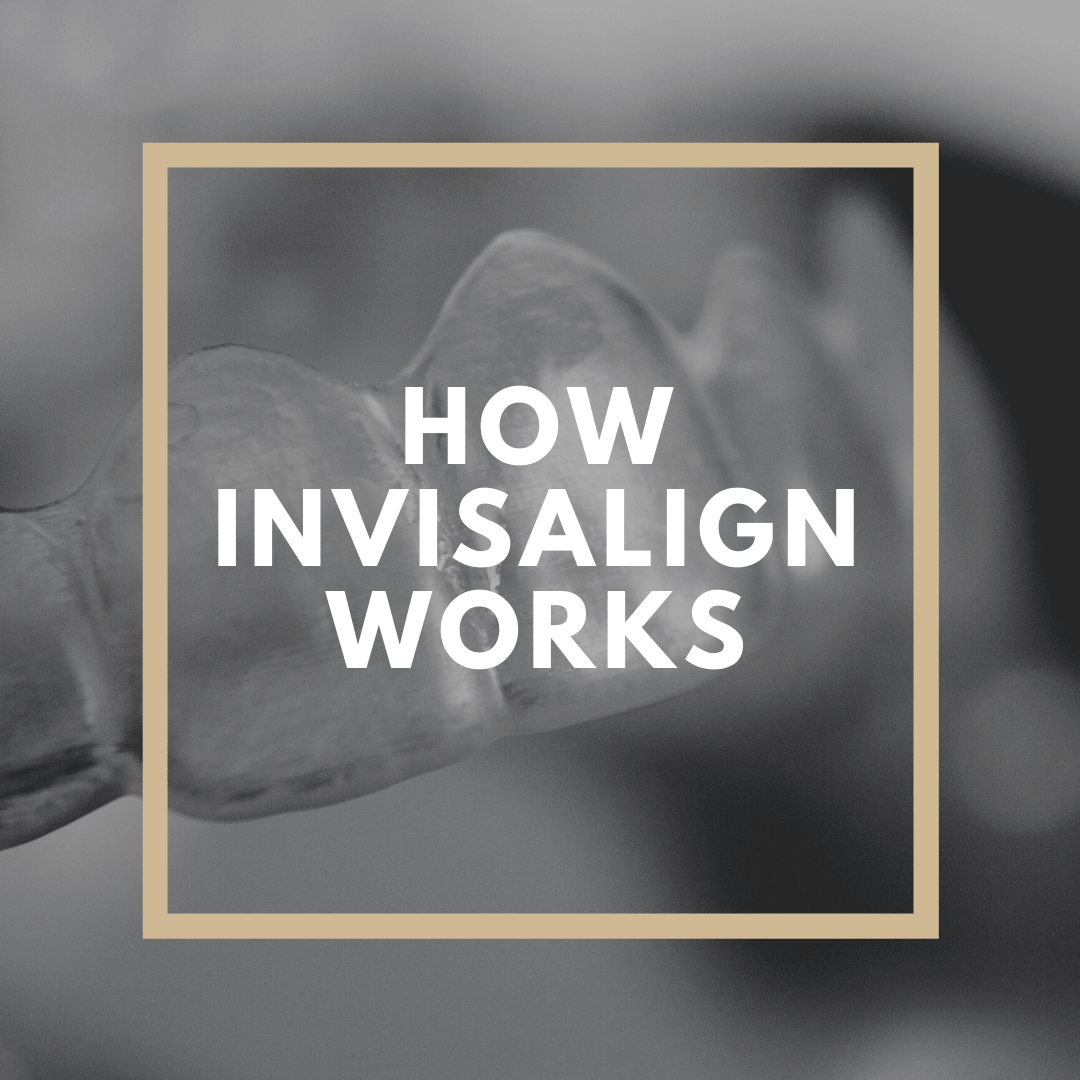Thanks to the development of clear aligners back in the late 90’s, it is now possible to straighten crooked teeth and treat malocclusion without the need for metal braces. Because of this, more teenagers and adults are seeking orthodontic treatment using clear aligners. The first and most well-known of all clear aligner orthodontics is Invisalign. In fact, Invisalign was responsible for popularizing the era of clear aligner orthodontics.
Although Invisalign has been successfully used by about 2.4 million American teens and adults, some people may still wonder how it works. Especially considering the fact that Invisalign does not use the same tried and true system of metal brackets and wires. Because of the significant differences in the type of orthodontic appliance used, some people may even wonder if Invisalign treatment is simply too good to be true.
The good news is that Invisalign is not too good to be true, and it has actually produced results that are comparable to those produced by traditional metal braces. Not only that, but teeth treated with Invisalign have similar retention rates to those treated with metal braces. Why else would 2.4 million Americans continue to use this method if it didn’t work?
To understand how Invisalign works to properly align the teeth and bite, let’s first take a look at how orthodontic treatment works in general. Then, we can evaluate how the orthodontic method translates when being performed through clear aligners.

How Orthodontic Treatment Works
Without going into too much detail, understanding the basics of orthodontic treatment is an important part to understanding just how Invisalign works. In the most basic sense, orthodontic appliances are tools used to encourage tooth movement through pressure. By applying pressure to a particular area of the smile, orthodontic appliances can cause teeth to move up and down, side to side, forward or backward, and can even slightly rotate them. This gradual repositioning of the individual teeth will also cause the overall bite itself to change.
Invisalign as an Orthodontic Appliance
Now that we know orthodontic treatment uses pressure to encourage movement of the teeth and bite, let’s take a look at how Invisalign functions as an orthodontic appliance. For starters, it is important to realize that the same aligner is not worth for the entirety of the treatment. Instead, a series of progressive aligners are used, with each aligner being worn for about 1-2 weeks before progressing to the next one.
Each aligner is individually designed to encourage a specific kind of movement by applying pressure to a particular location. While metal braces use an arch wire attached to metal brackets to apply pressure, clear aligners use their shape to apply pressure strategically. However, this is only possible because the material they are made from is able to hold its shape while maintaining pressure.
In certain cases where more significant tooth movement must be accomplished, clear aligners may also be combined with Invisalign SmartForce Attachments. These are small, tooth-colored resin shapes that are adhered to the front side of the tooth. They can vary from being circular, rectangular, or triangular, depending on the type of movement needed. Invisalign attachments work to further concentrate pressure to a specific area in order to cause movement. They are not used for every treatment, and are generally only used for part of the overall treatment.
As you can see, Invisalign has established itself as a unique orthodontic appliance capable of properly aligning the teeth and bite. By using the same orthodontic method as other types of orthodontic appliances, Invisalign has simply changed the type of appliance to be more aesthetic and less invasive than traditional appliances. Nevertheless, the results produced and retained by Invisalign prove its effectiveness.




